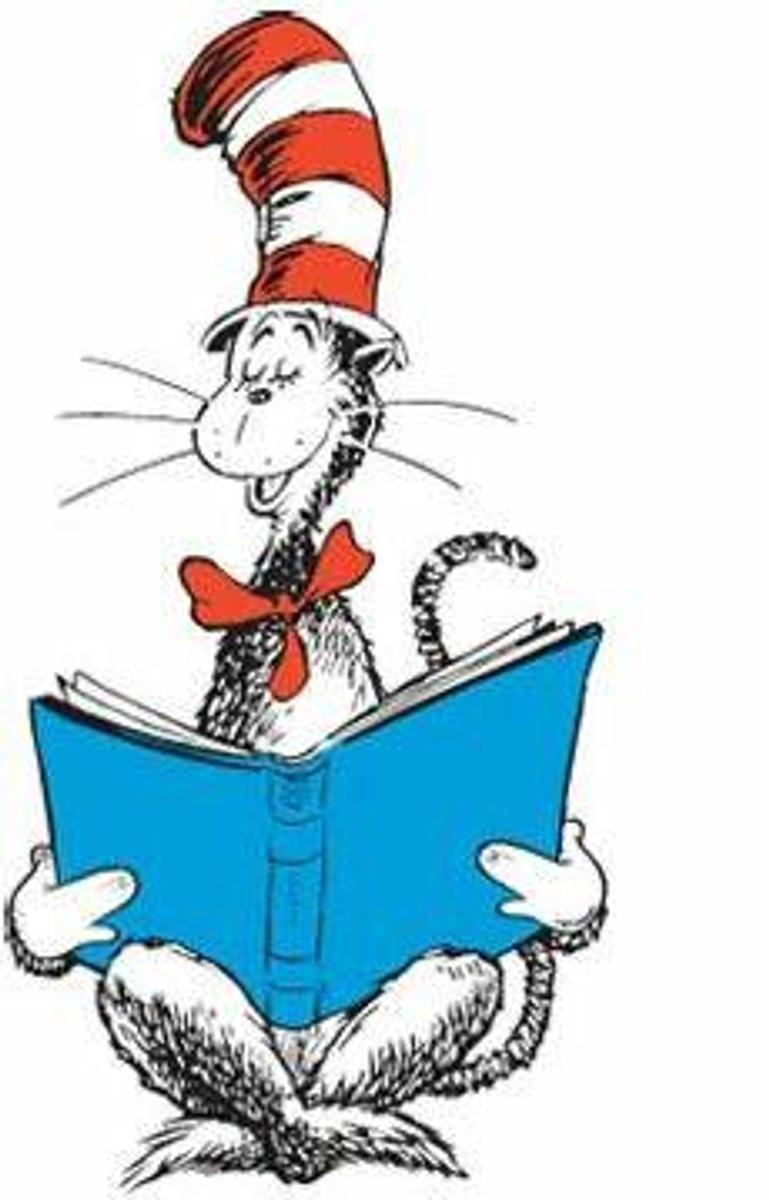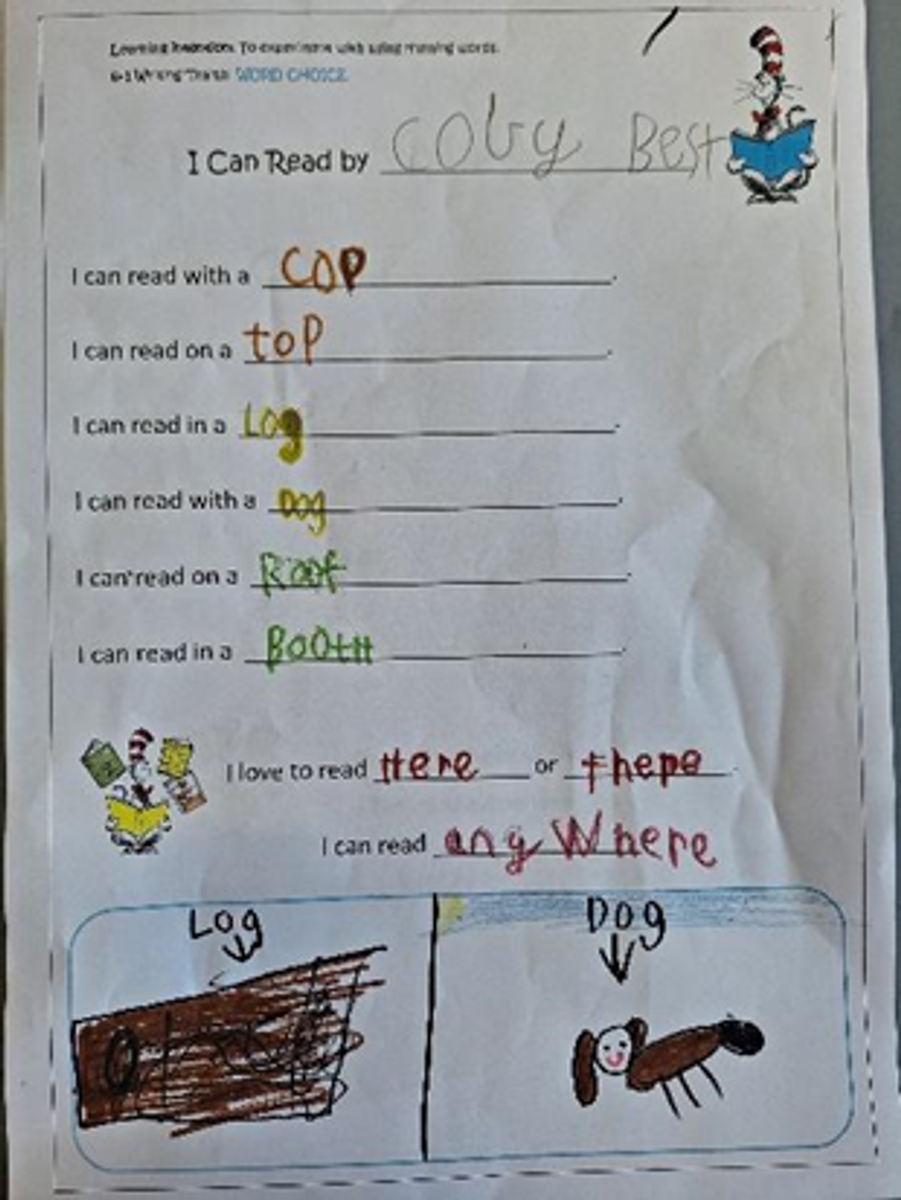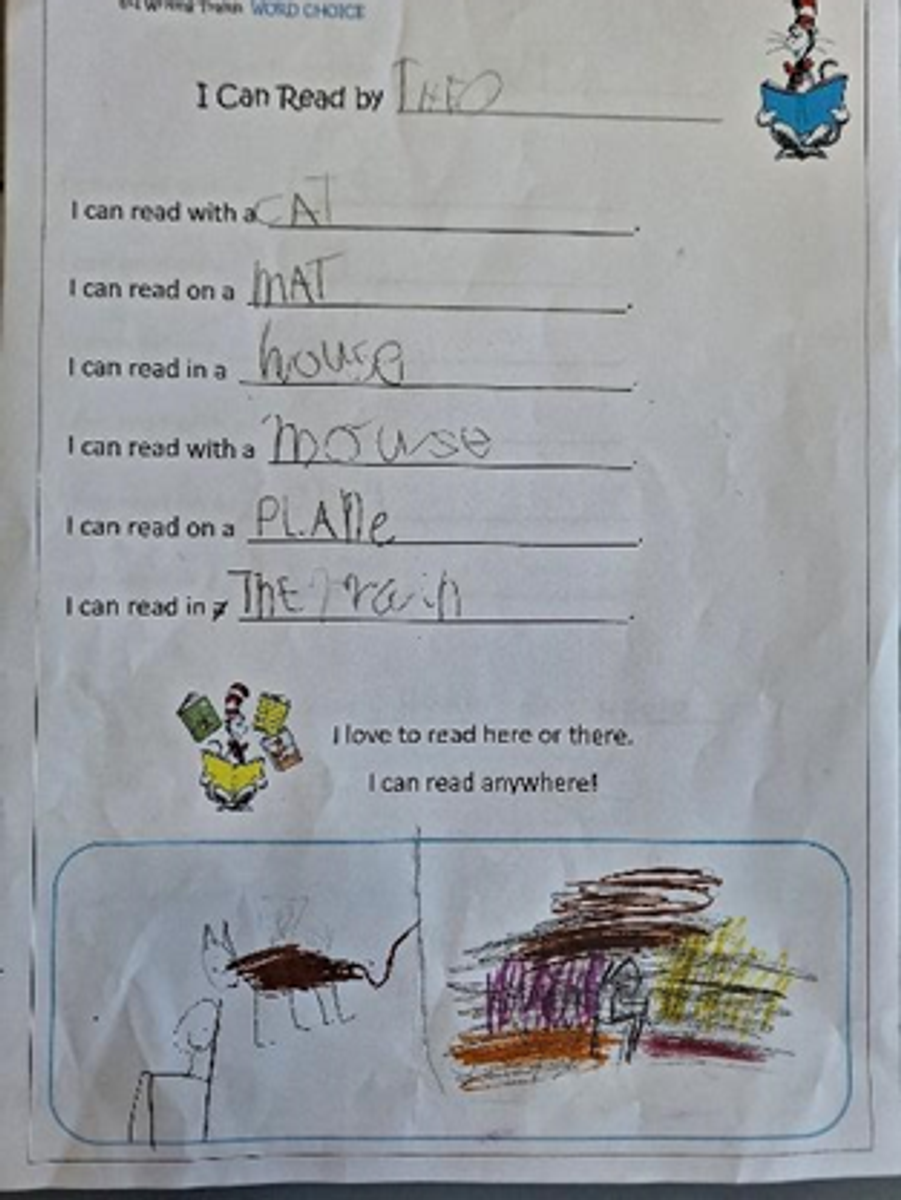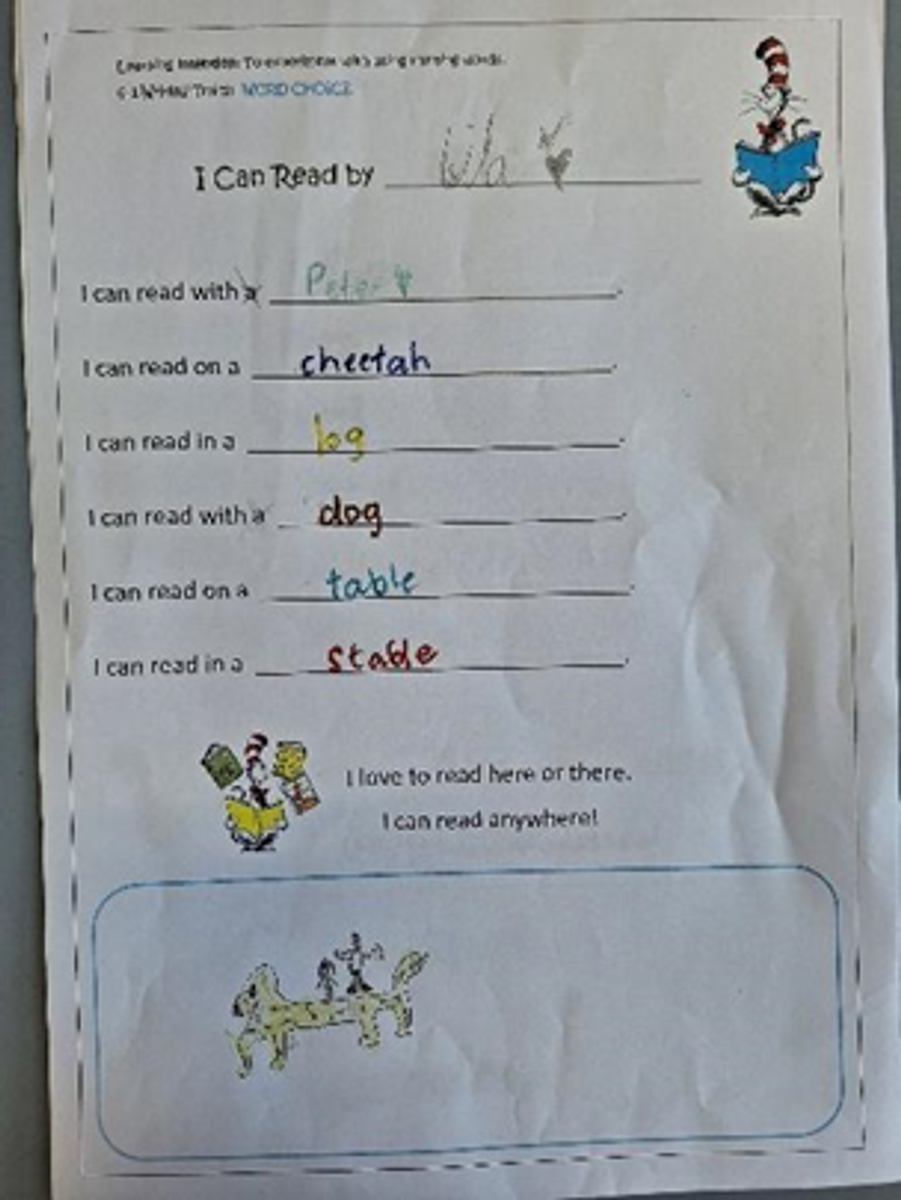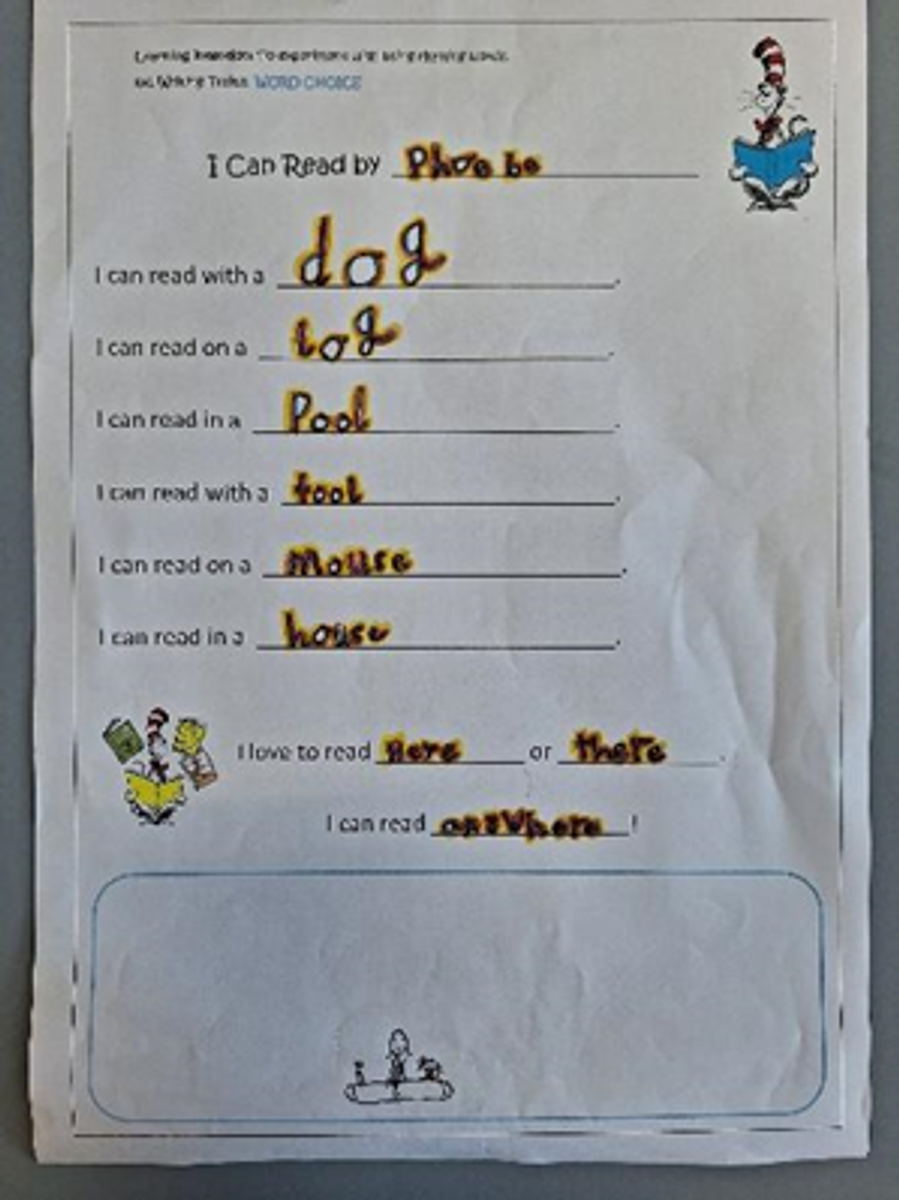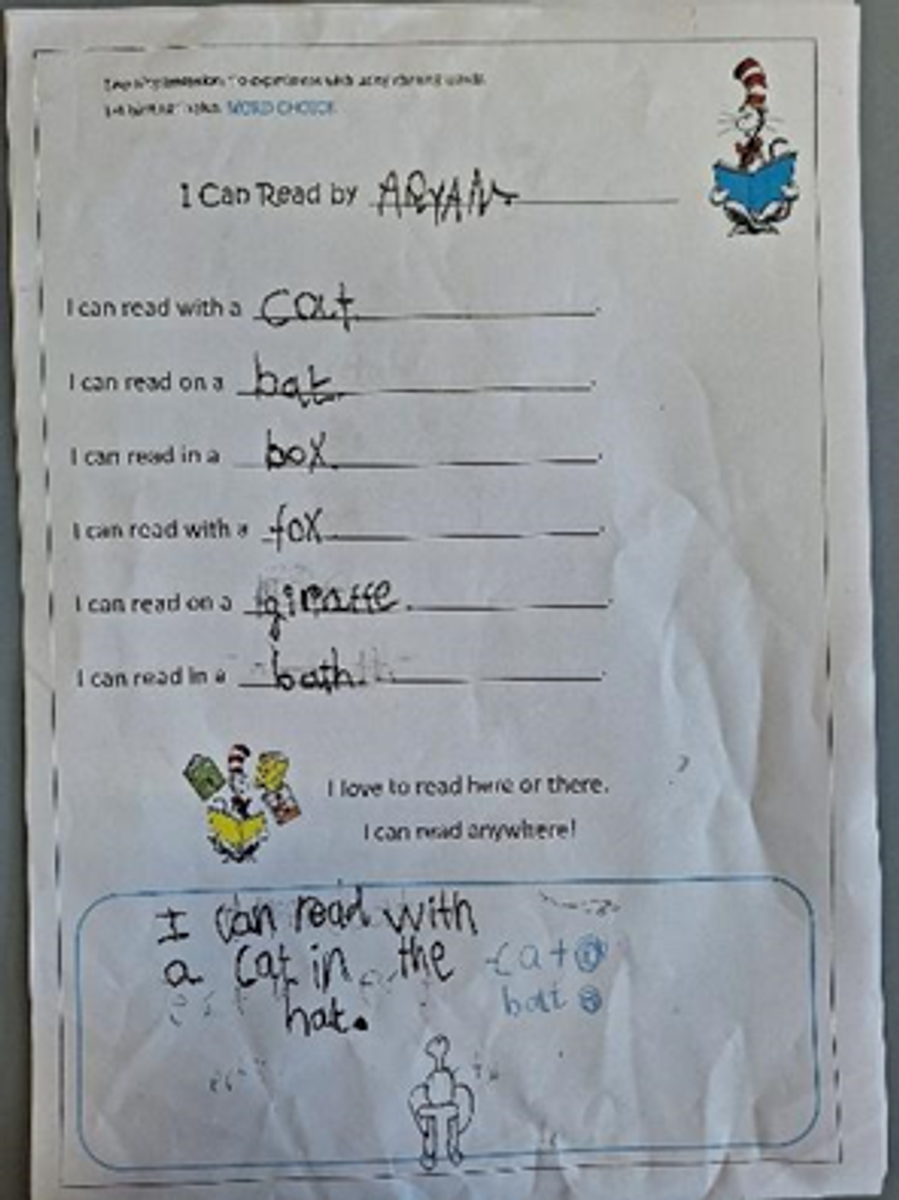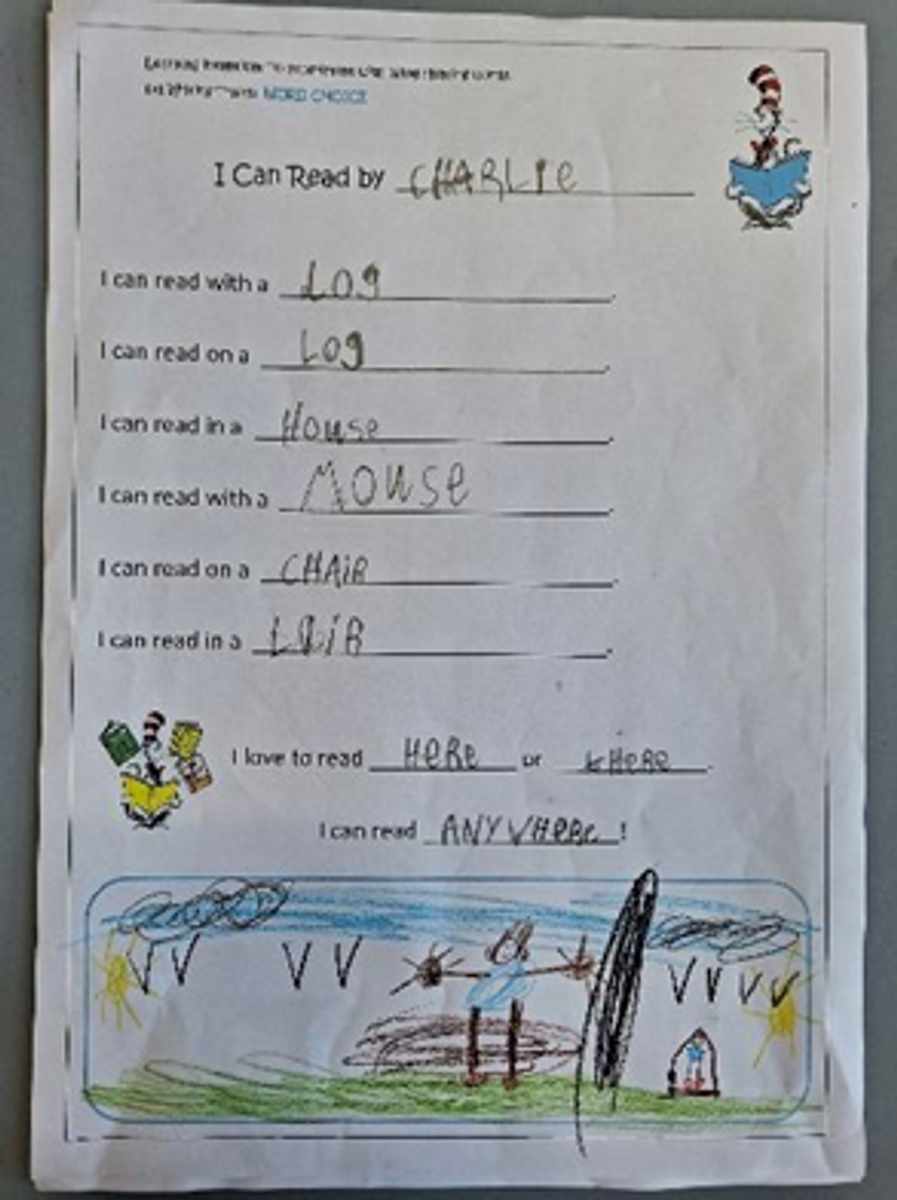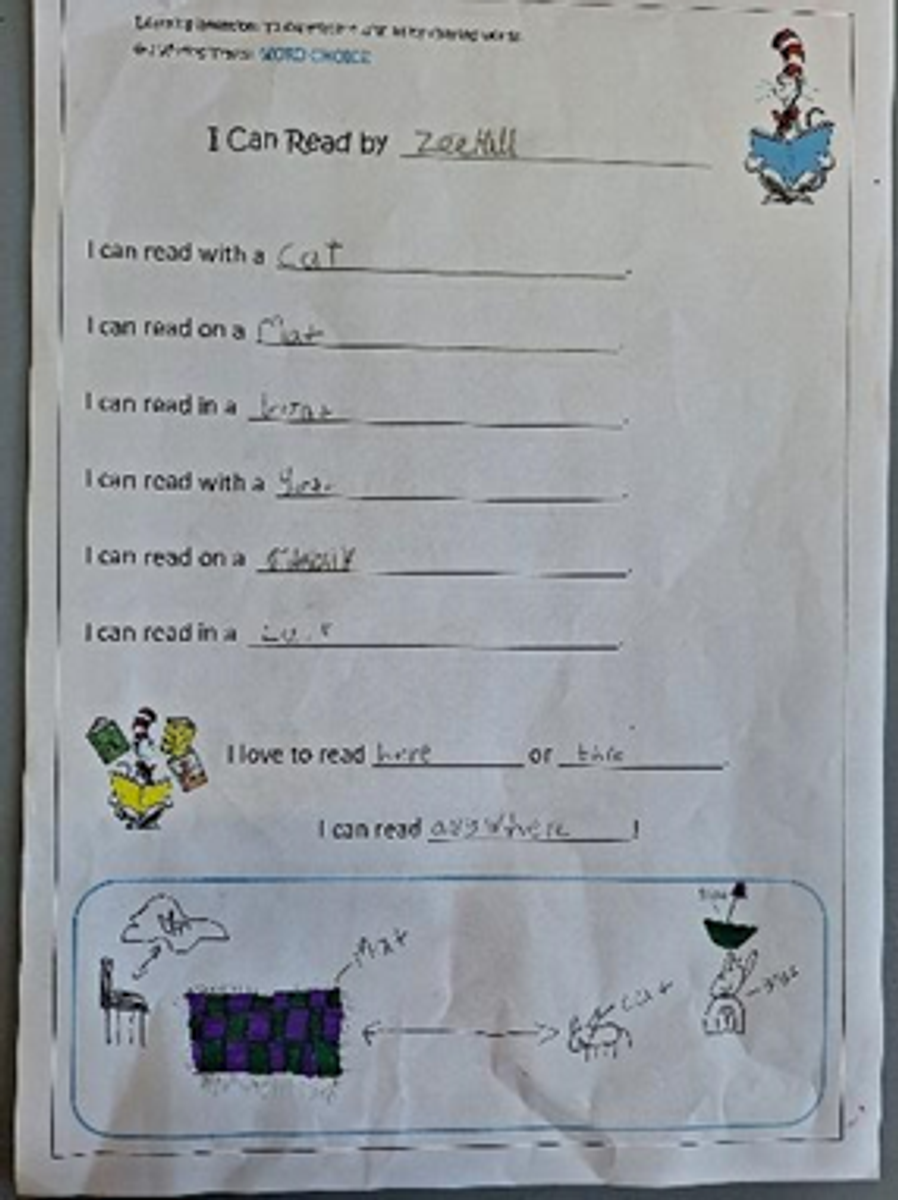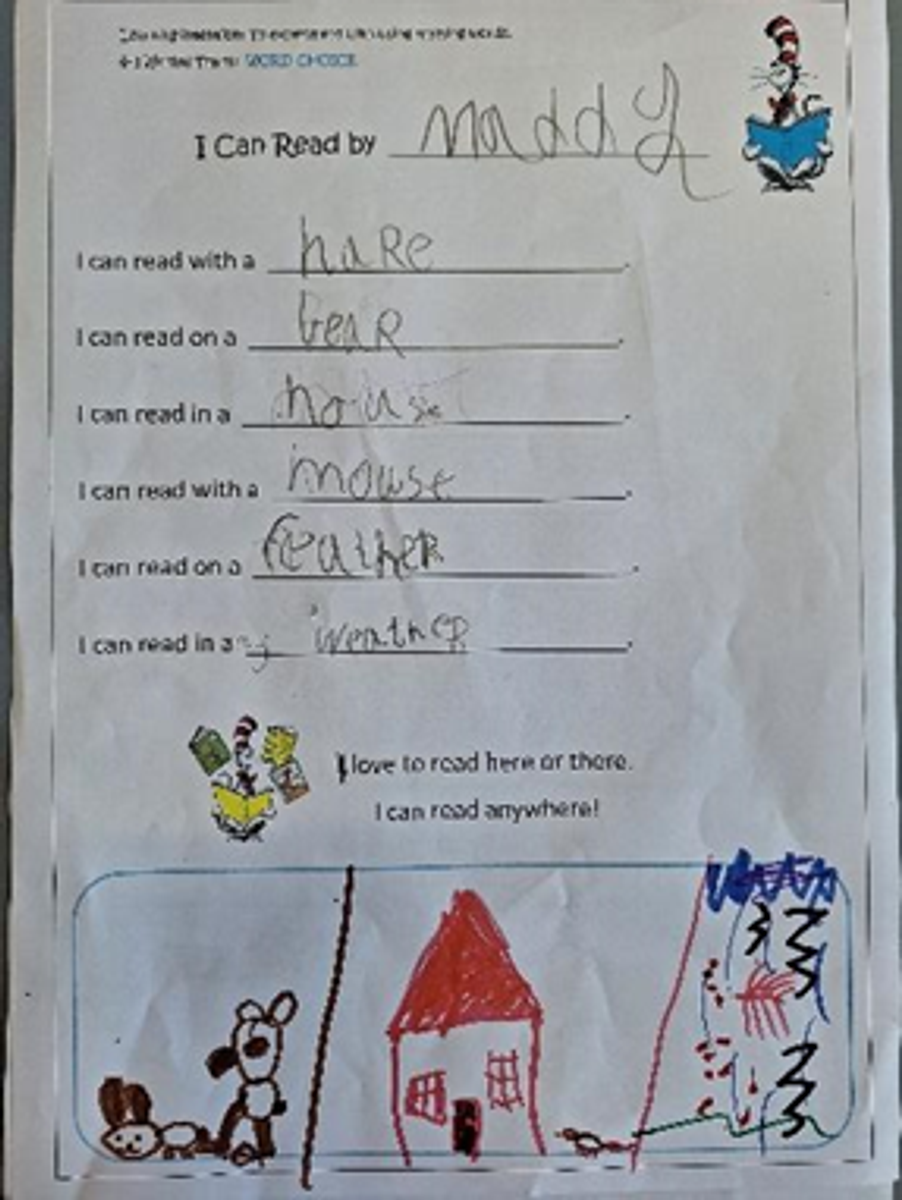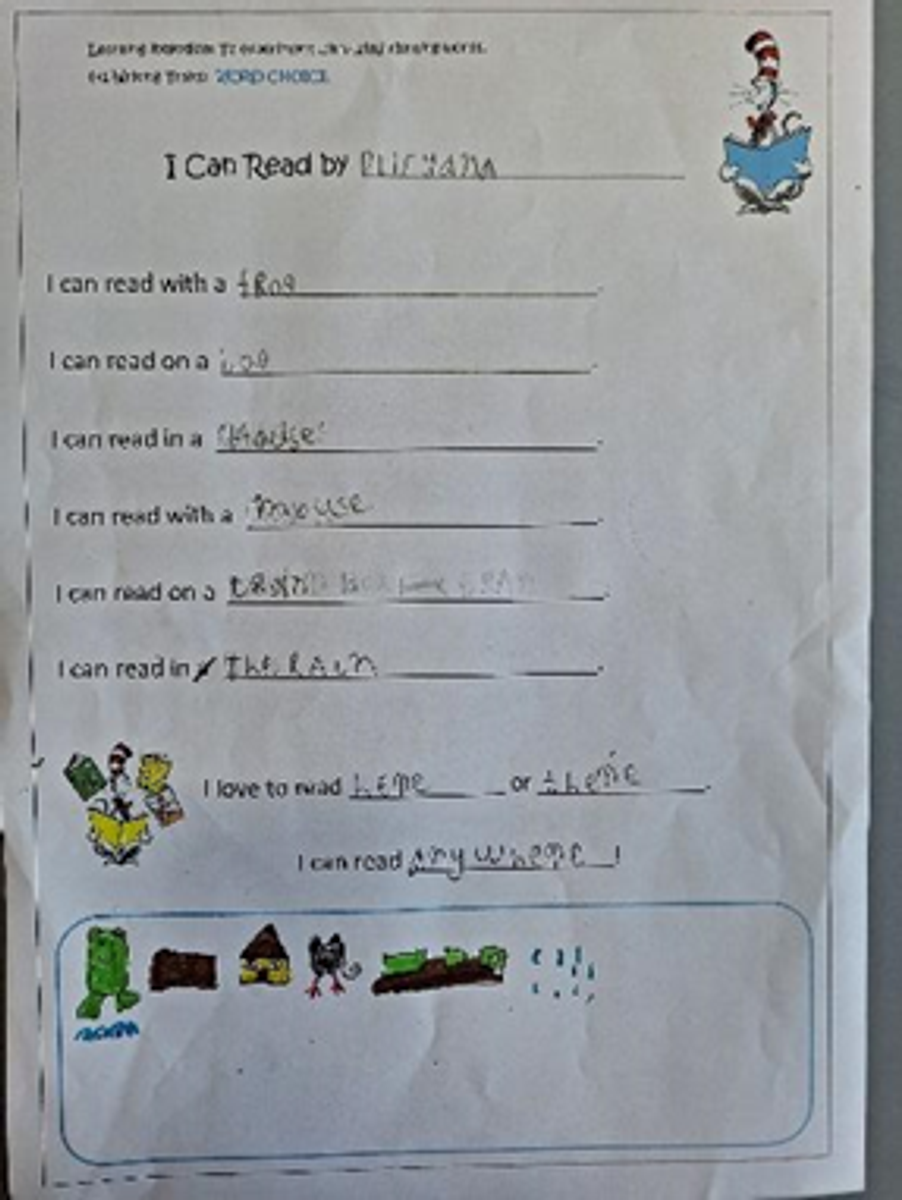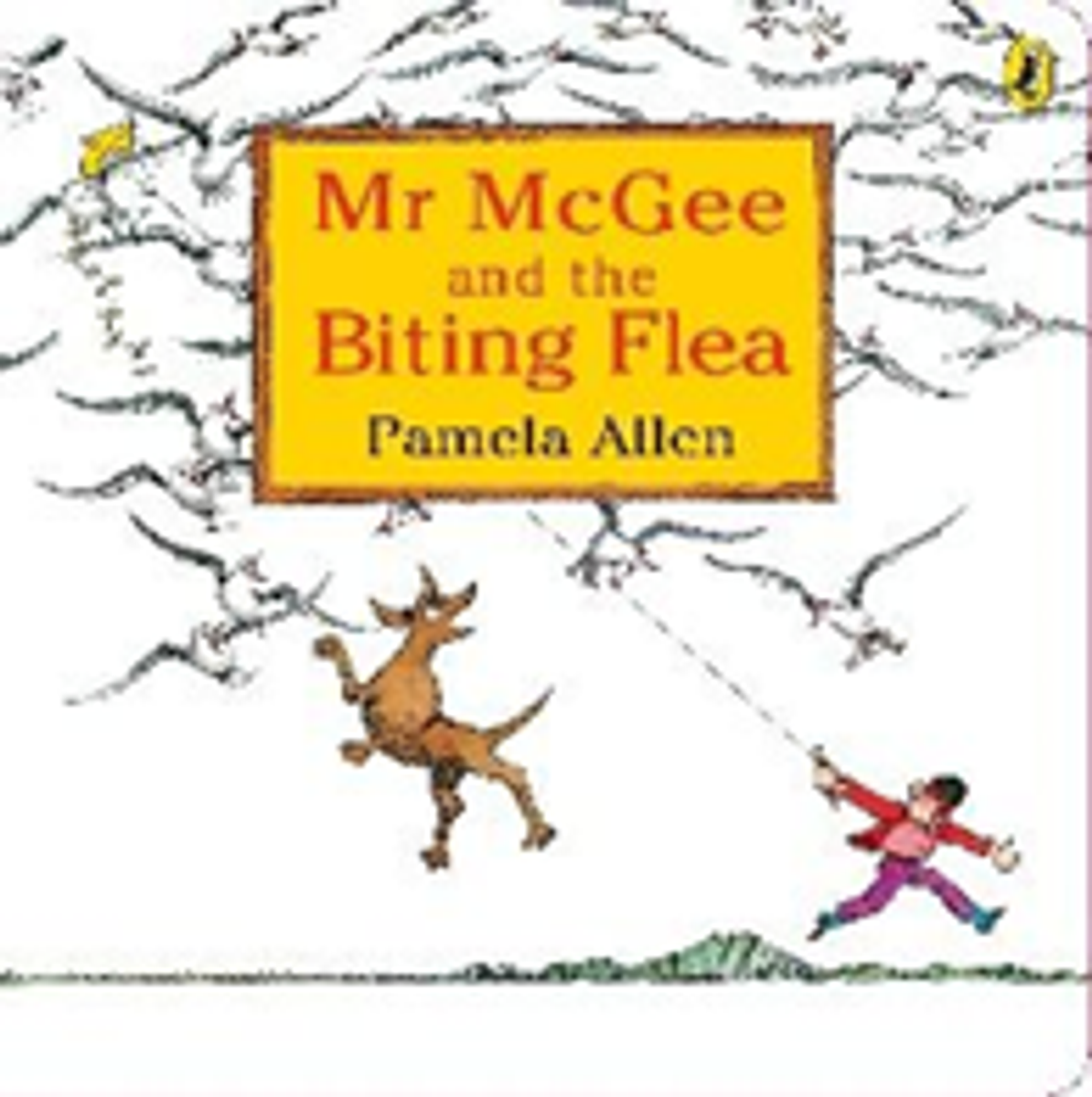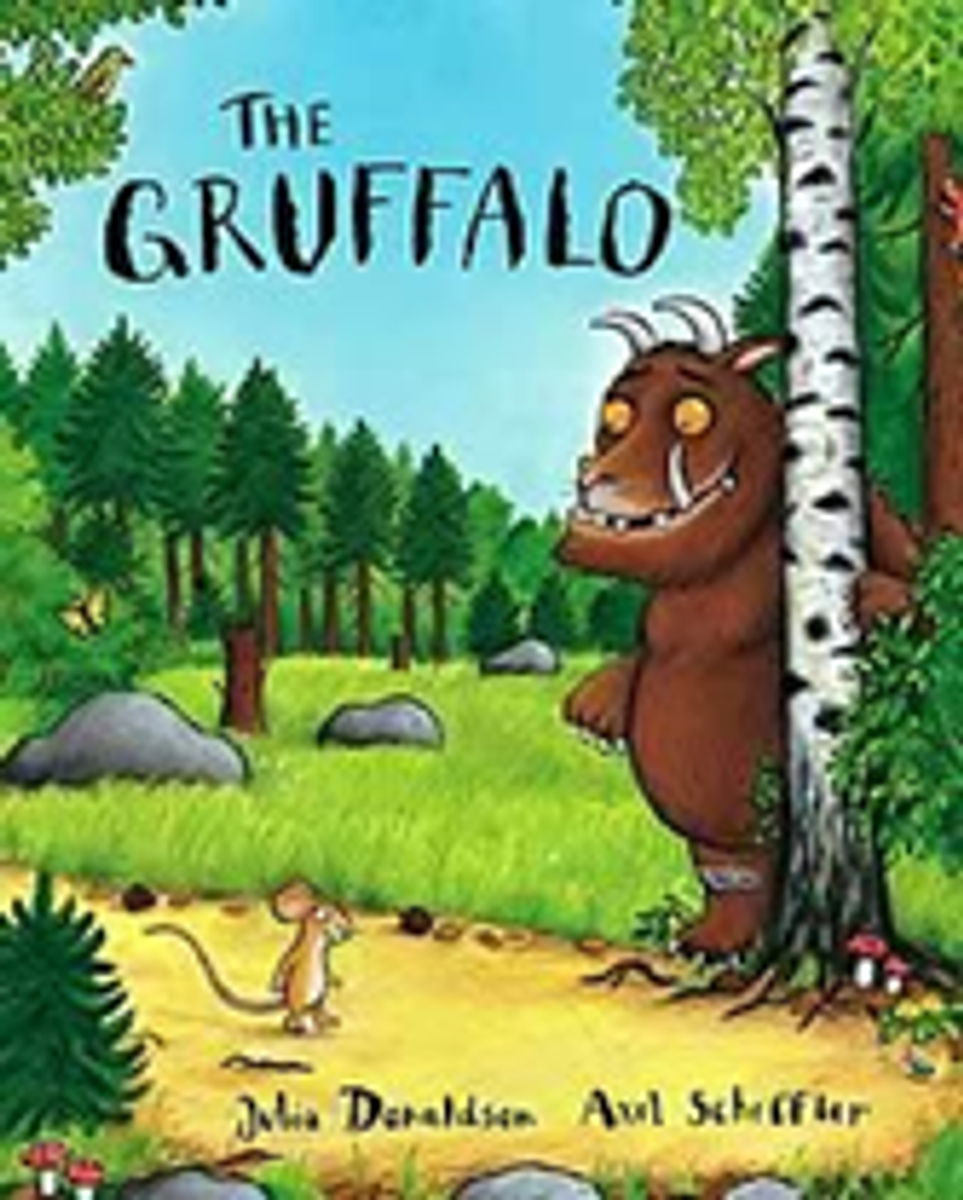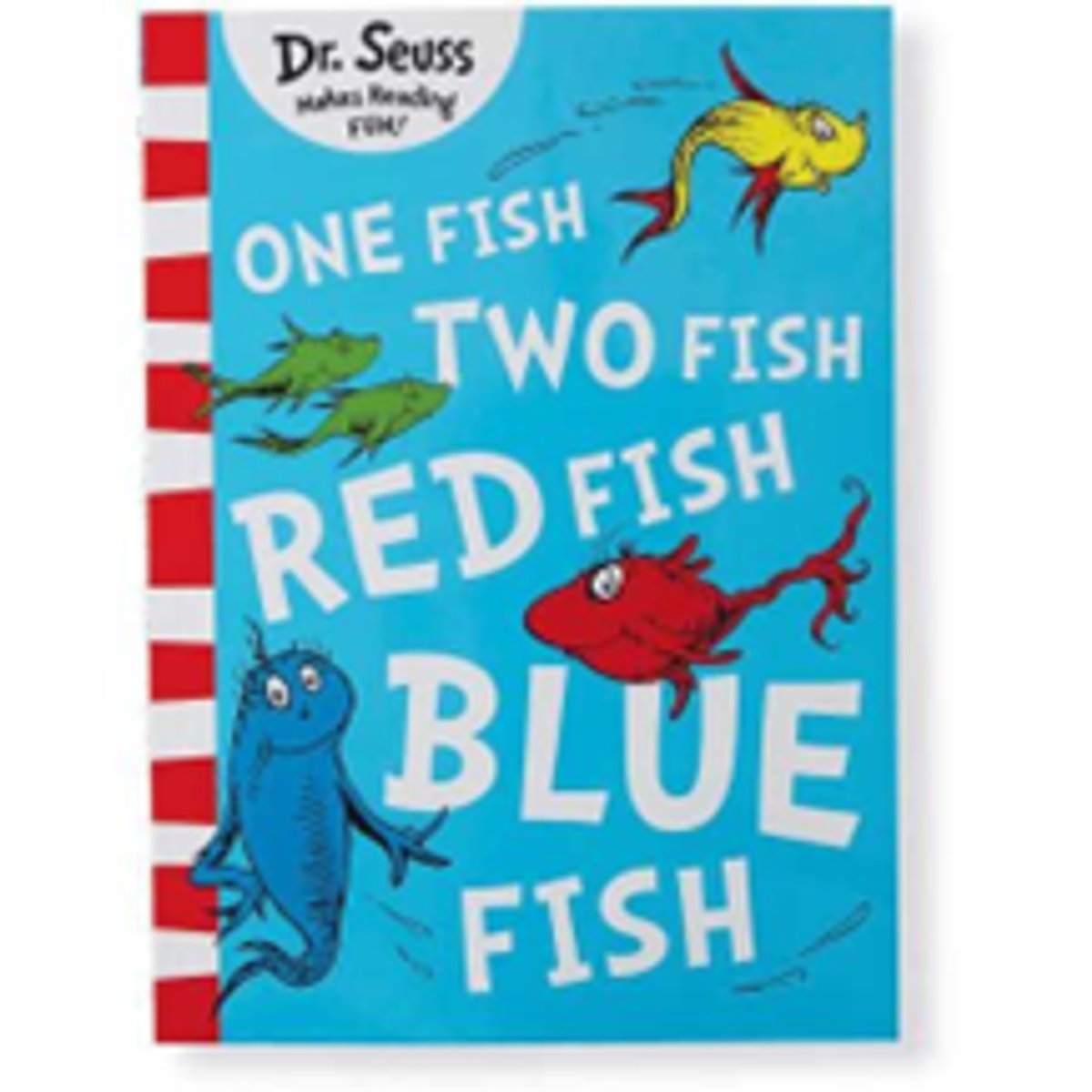Year 1 Bulletin

WRITING
Curriculum link: Creating literature
Build on familiar texts by using similar characters, repetitive patterns or vocabulary.
Learning intention: To experiment with using rhyming words.
6+1 Traits of Writing: WORD CHOICE
Mentor text: Prior to writing we read a poem by Dr Seuss titled I Can Read. When a poem has rhyming words at the end of its lines, these are called ‘end rhymes.’ The students were asked to identify the rhyming words in the poem. Through rhyme students can predict what the word at the end of the next line could be.
We discussed different rhyming words that could fit within the structure of Dr Seuss’ poem, to imitate this in our own writing. We asked: What can you read with, on and in? Does it make sense to ‘read in a bear?’ for example. The task required students to discriminate between words that rhyme and those that don’t. Some students recognised that choosing words that rhyme was not as easy as it seemed. Have your child read their poem to you and discuss the rhyming words.
Examples of students’ writing:
What you can do at home to support your child at home:
- Sharing poems, chants and rhymes can support your child with building their knowledge of sounds and, discriminating sounds and rhyming patterns in an audible way
- Read a variety of books which contain rhyming text. Books written by Dr Seuss, Julia Donaldson and Pamela Allen for example, contain rhyme and repetition. Encourage your child to retell these stories by memory or, to finish off the rhyming
- Have your child make their own strings of rhymes during word play. E.g. cat-fat-mat-sat-hat-bat-rat-flat-scat-that
- This can also be done with made-up words. E.g. clat-smat-thrat-grat-vlat
- Write one line of a poem and have your child write the second line ending with a rhyming word. Read your poem together
Angela and Roula
Year 1 Team

